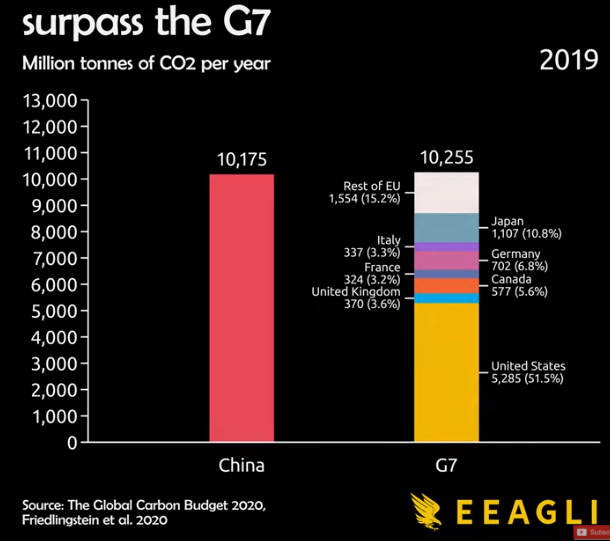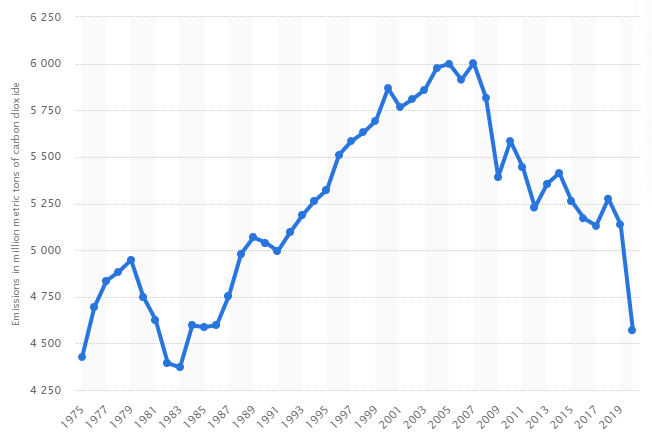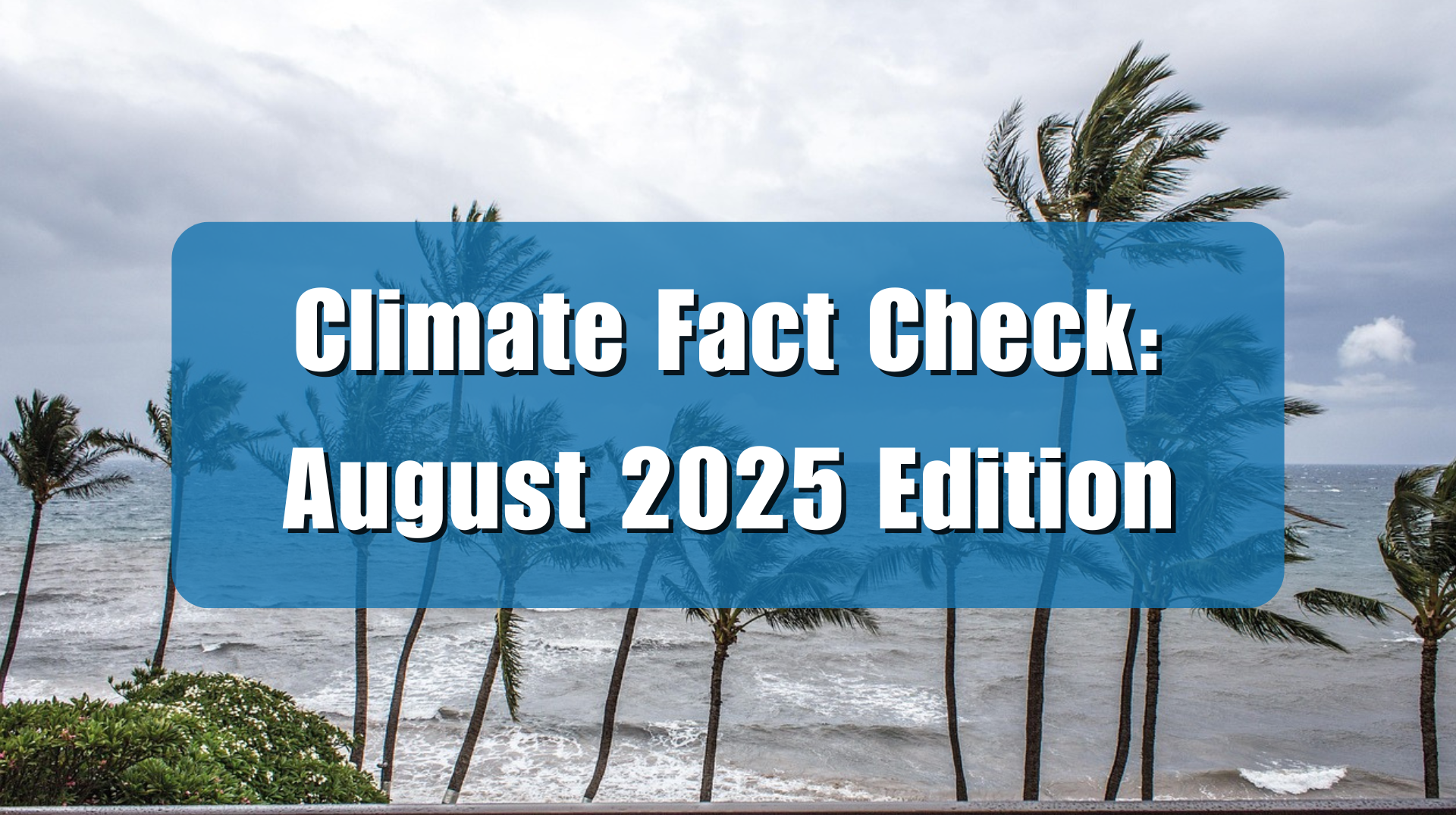A graph on the popular discussion site Reddit shows the futility of trying to reduce carbon dioxide (CO2) emissions without China also cutting emissions sharply. As the [Figure 1] graph illustrates, China’s emissions in 2019 were essentially equal to the emissions of all G7 nations combined.
The G7 countries are Canada, France, Germany, Italy, Japan, the United Kingdom, and the United States.
Given the increasing trends observed in the animated version of the graph, it is highly likely that in 2020 and 2021, China has already surpassed the G7 nations in CO2 emissions.

Figure 1: Screencap of graph being discussed on Reddit. An animated version of the graph is available on YouTube.
China has said it would stop releasing more emissions than it can capture or offset by 2060, according to this Reuters article:
“President Xi Jinping has pledged to cap carbon emissions before 2030 and achieve the carbon neutrality by 2060. To meet commitments made under the Paris Climate Accord, China has been boosting renewable energy consumption and curbing coal burning to reduce carbon dioxide emissions.”
However, Xi did not say at what level China’s emissions will peak before they are capped. According to a British Petroleum (BP) report, China currently accounts for 28 percent of all global CO2 emissions, and at the pace we are witnessing, its emissions could double between now and 2030.
China is so far only paying lip-service to the idea of reducing emissions. China continues to build coal-fired power plants at a rate that outpaces the rest of the world combined, according to this white paper from Global Energy Monitor.
According to the paper, China brought 38.4 gigawatts of new coal-fired power into operation during 2020, a value more than three times what was brought on line elsewhere in the world.
Meanwhile, the United States continues to close coal plants, despite the fact that the U.S. has reduced its own CO2 emissions dramatically since peaking in 2007, seen in Figure 2.

Figure 2: Carbon dioxide emissions from energy consumption in the United States from 1975 to 2020*(in million metric tons of carbon dioxide) Source: Statista
Energy consumption in the United States produced 4.57 million metric tons of carbon dioxide emissions in 2020. This represented a roughly 13 percent decline compared to 2019. Although emissions from energy consumption have been declining for a number of years, the dramatic drop in 2020 was caused by the outbreak of COVID-19, which disrupted industry and travel.
To no surprise, the COVID-19 pandemic resulted in the largest-ever decline in global emissions in 2020.
Meanwhile global CO2 atmospheric concentrations continued to rise in 2021, demonstrating clearly the pandemic in 2020, plus years of emissions reduction by the U.S. have had absolutely no effect at all on emissions levels or global temperatures.
It’s a fool’s errand to think China will significantly reduce emissions anytime soon, and even if they did, it wouldn’t likely have any effect on global temperatures. After all, the global experiment in 2020 with COVID19 showed no effect on emission concentrations or temperatures.























